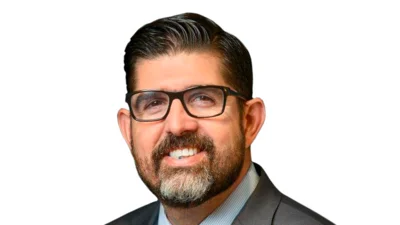Fortis College-Orange Park issued the following announcement.
There’s no doubt that medical imaging saves millions of lives each year and is critical to helping physicians diagnose a wide range of diseases. Whether the patient is suspected of having cancer or stroke, or heart disease or appendicitis, medical imaging is perhaps one of the most essential diagnostic tools.
Rapid advances in technology are changing and improving processes and results and in turn, improving patient outcomes. But what are these technologies?
Artificial intelligence (AI)
We’ve all heard this phrase, but what is it really? AI includes a range of technologies that include the ability to sift through large volumes of scans and return insights to improve the accuracy and speed of decision-making for physicians. Google’s DeepMind can read 3D retinal OCT scans and diagnose dozens of different ophthalmic conditions with 99% accuracy. It can detect indicators of eye disease and rank patients by urgency and recommend treatment.
Augmented Intelligence Is another term you may have heard of and is related to Artificial intelligence. While true artificial intelligence emulates human-like “thinking” without human intervention, augmented intelligence still requires human interactions, but improves monotonous manual physician workflows and ultimately, patient care. Augmented intelligence is being used today to improve collaboration between radiologists and oncologists.
Another area of technology, Virtual and Augmented Reality and 3D imaging, is not just for the computer gamers out there. New augmented reality technologies make it possible for physicians to create 3D images enabling them to better see and understand a patient’s condition. These images can even be printed with a 3D printer.
Nuclear Imaging
While not new, nuclear imaging is continually advancing. In nuclear imaging, radioactive materials called radiotracers (or radiopharmaceuticals) are ingested by or injected into the patient before an imaging scan allowing the camera to focus on where the radioactive material concentrates. These types of scans are particularly helpful when diagnosing conditions including thyroid disease, gall bladder and heart conditions, cancers and more.
While there are technology advances constantly, one thing we know for sure is that AI and the other technologies noted above can help radiologists work more efficiently and effectively. It is definitely an exciting time to work as a Radiological Technologist and be on the cutting edge of real world applications of these cutting-edge technologies. If this is the type of important healthcare work you want to do, Fortis Colleges & Institutes offer Radiologic Technology programs at select campuses. Check out our Radiologic Technology program page for more information.
Original source can be found here.



 Alerts Sign-up
Alerts Sign-up